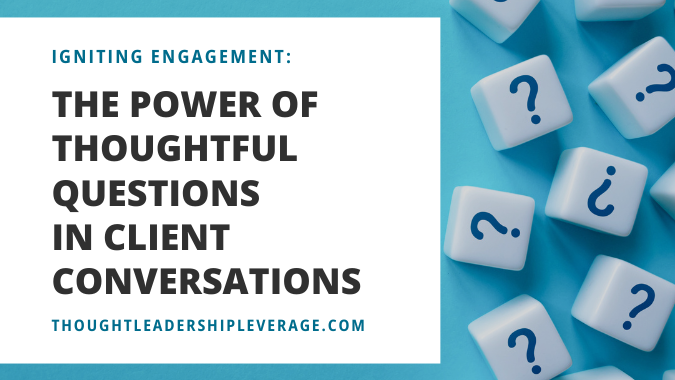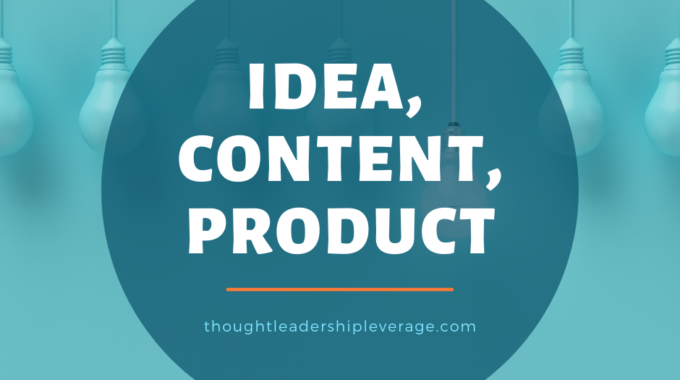In the world of thought leadership, we're the ones stirring the pot, sparking discussions, and…
Three Different Content Models – and How to Recognize Them
A thought leader once asked me to help them organize their content, and when I said yes, brought over a stack of paper, nearly a foot high! She’d collated every idea and piece of content she’d ever had, and written one idea written on each page. It was chaotic, gigantic, overwhelming, and absolutely disorganized. She desperately needed a content model to sort everything out!
What’s a content model?
It’s a framework that helps a thought leader organize their content. The best models organize ideas, give us guidance, and help make sense of content that is often very complicated. A model may be simple or complex, but at the end of the day, models help us make sense of the world, our companies, and our place within them.

Sequential Models
Some models define a sequential process for their content. The model walks a learner through step one, step two, step three, and step four in a “check-list” manner. Such models are often situational tools. The content is explained step by step, giving the learner specific tasks to master until understanding is complete.
Competency Models
Competency models typically come out of the world of HR. They define a certain set of skills or behaviors that you need to master in order to be successful. A competency model doesn’t give sequences or steps, but instead provides discrete behaviors that must be mastered individually rather than addressed in a specific order. Stephen Covey’s famous book, 7 Habits of Highly Effective People, for example, is a competency model. You don’t move from habit one to habit two. You have seven habits to develop, and they are each equally important.
Consulting Models
Lastly, there are consulting models. These provide a framework for thinking through complex situations and interactions. For example, in the classic 2×2 matrix, you evaluate the situation through two independent lenses (placed on an X-axis and a Y-axis). A consulting model creates a heuristic framework for evaluating a given situation through the lens of the content. If a process model asks, “What are my steps?”, and a competency model asks, “What skills do I need to build?”, then a consulting model asks, “What’s going on here? What do I see?” A consulting model helps the learner evaluate a broad landscape of issues at the same time.
Take a look at your content, and ask yourself what it does best. Then, break it out into the most important ideas and the strongest behaviors. With that in mind, what kind of model will best define and teach your content?
Once you know, you’ve taken the first step toward making your content stronger, easier to learn, and more effective – and that’s the very best kind of thought leadership.




